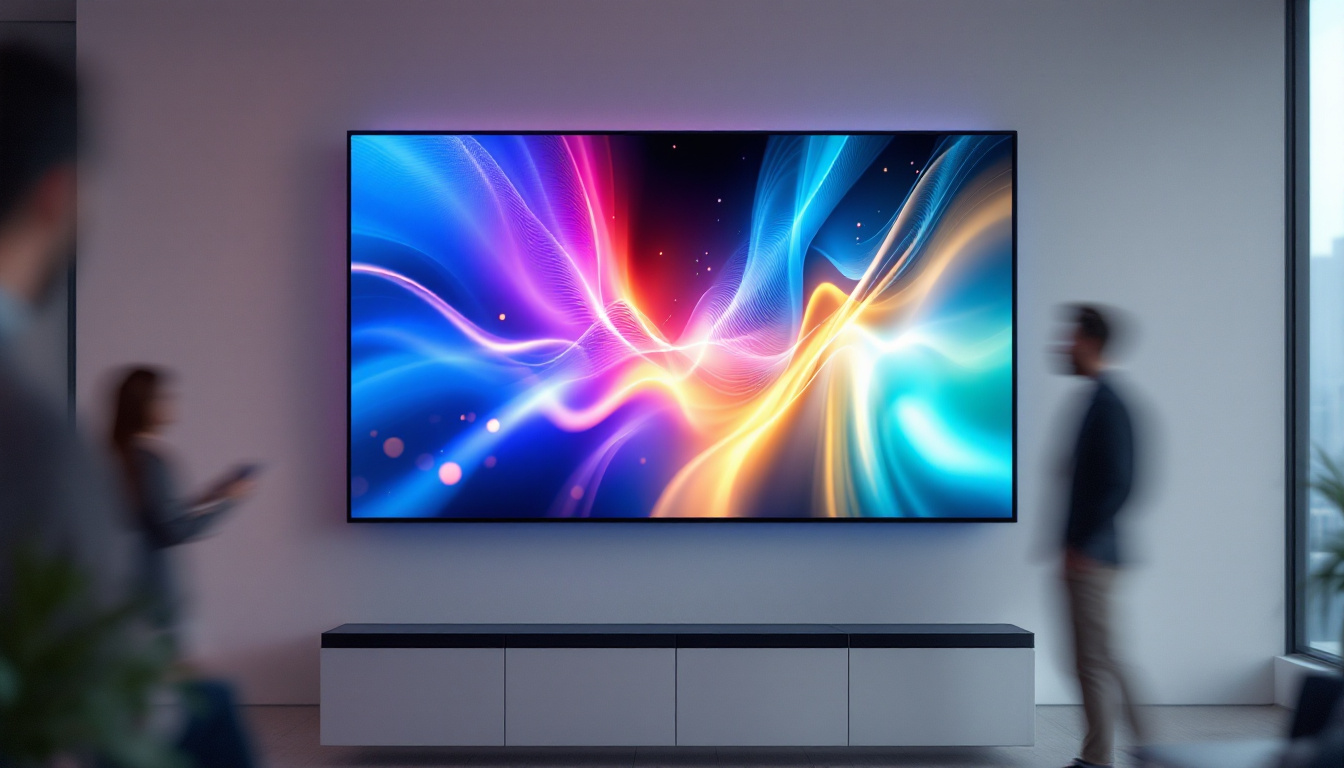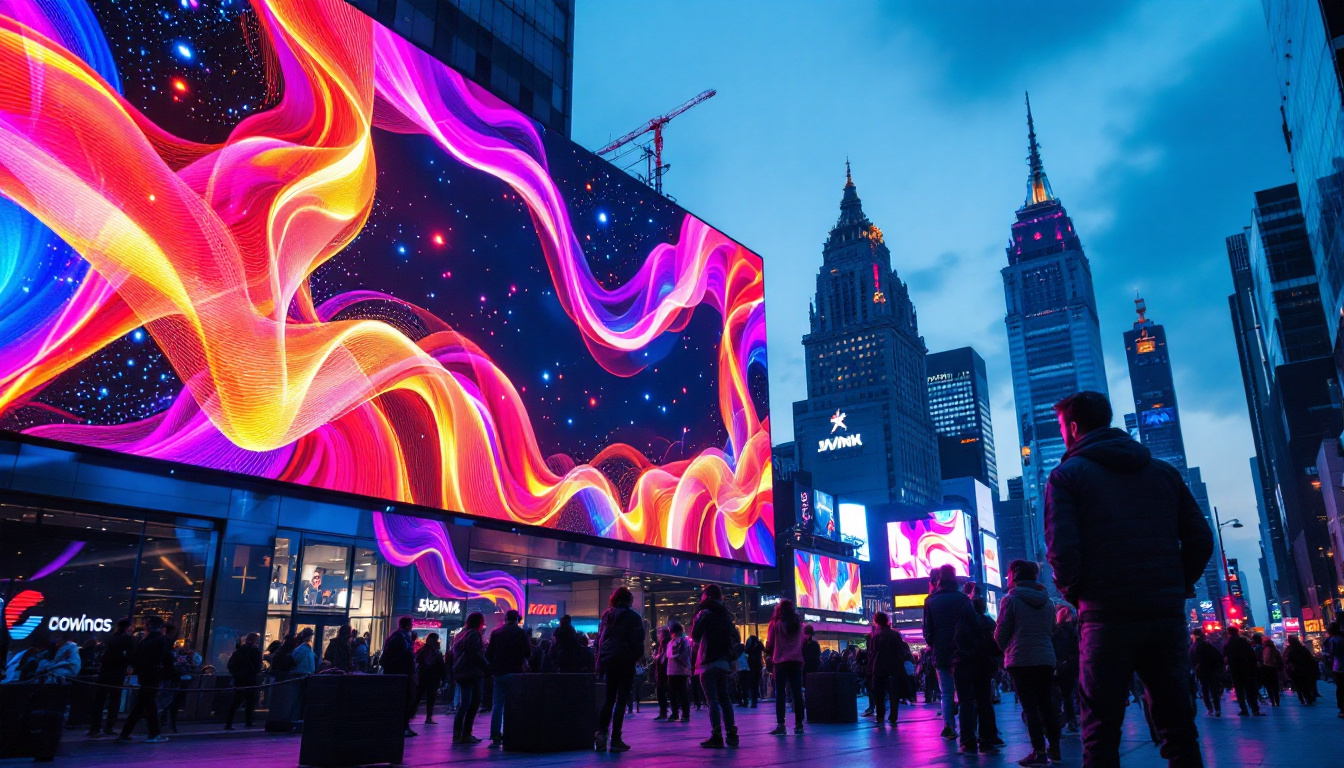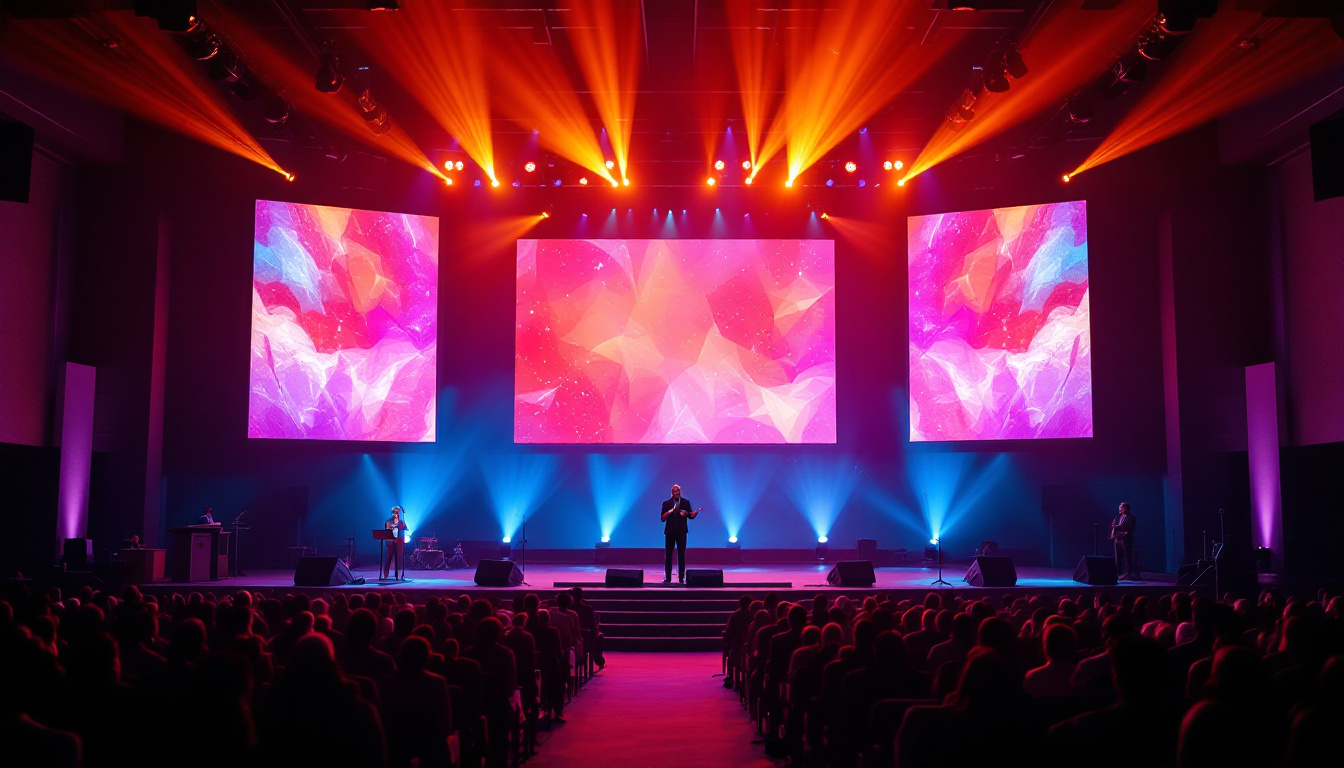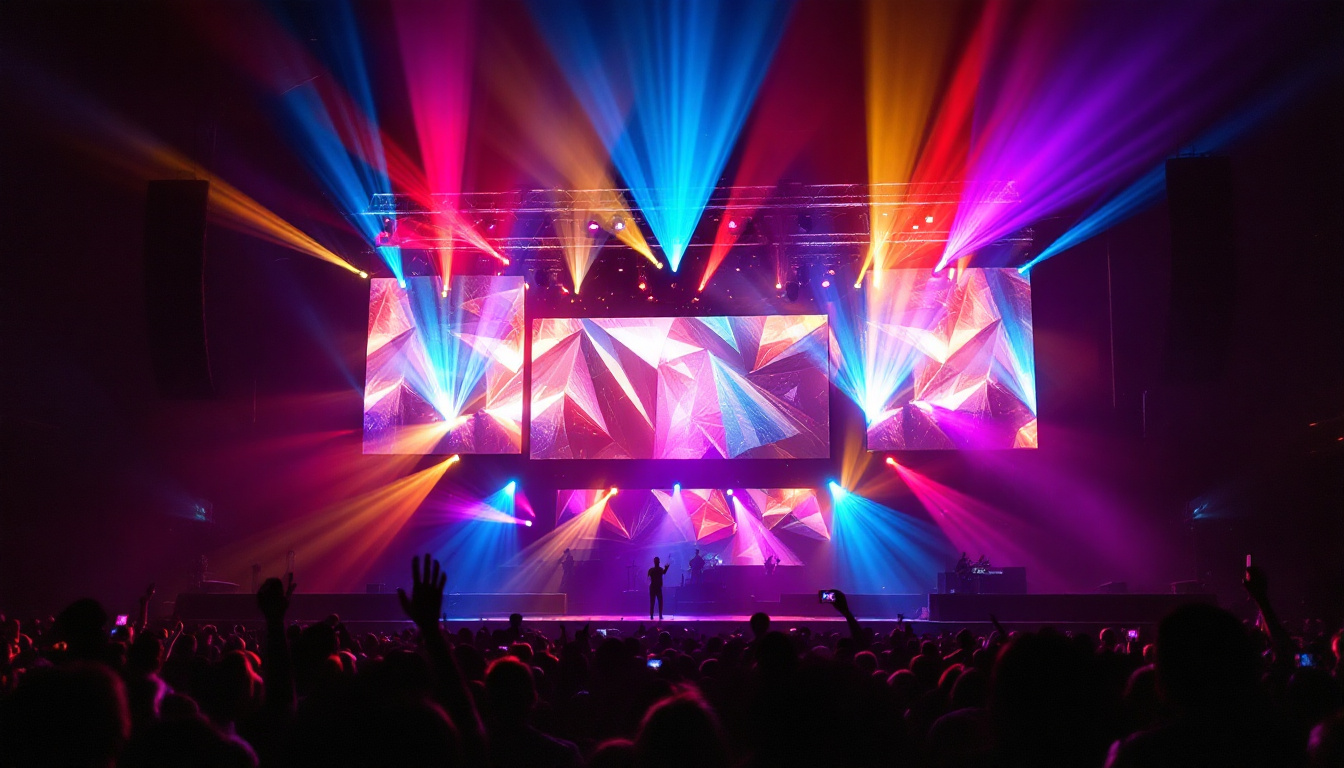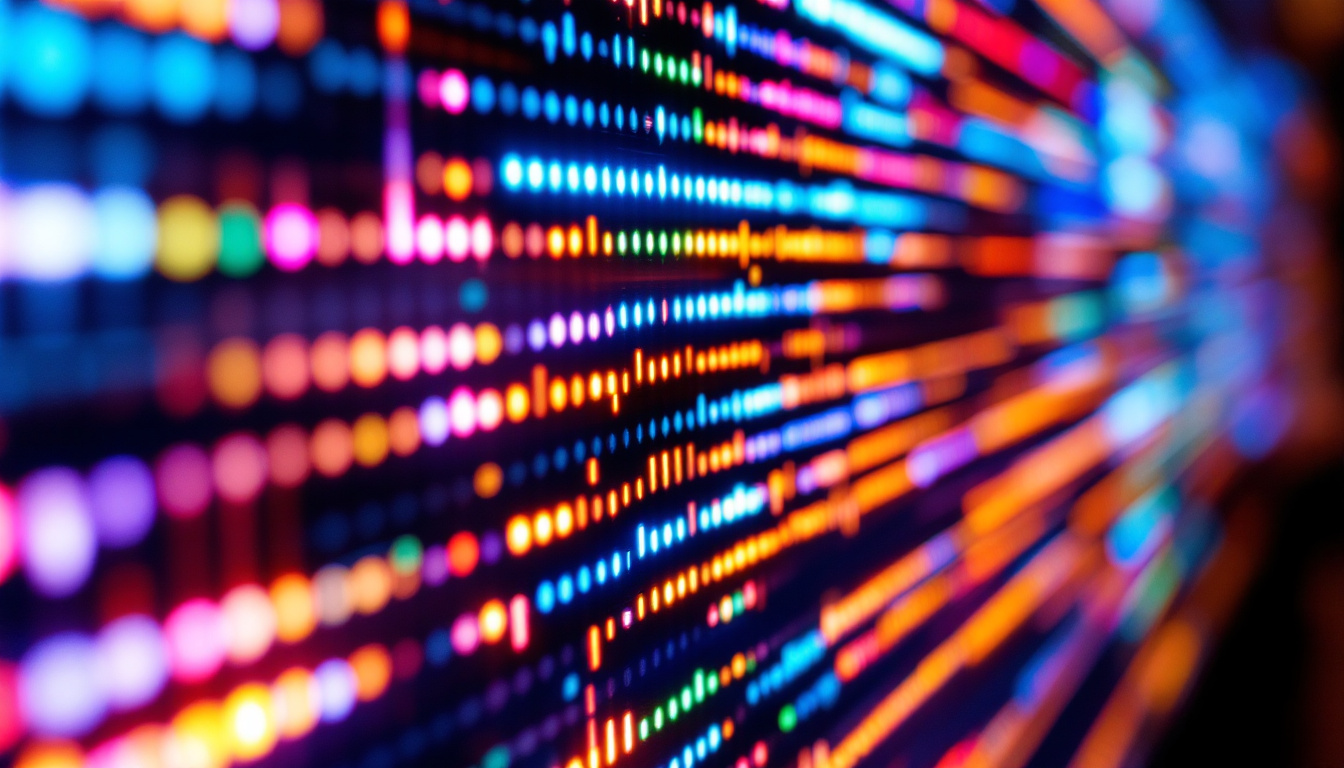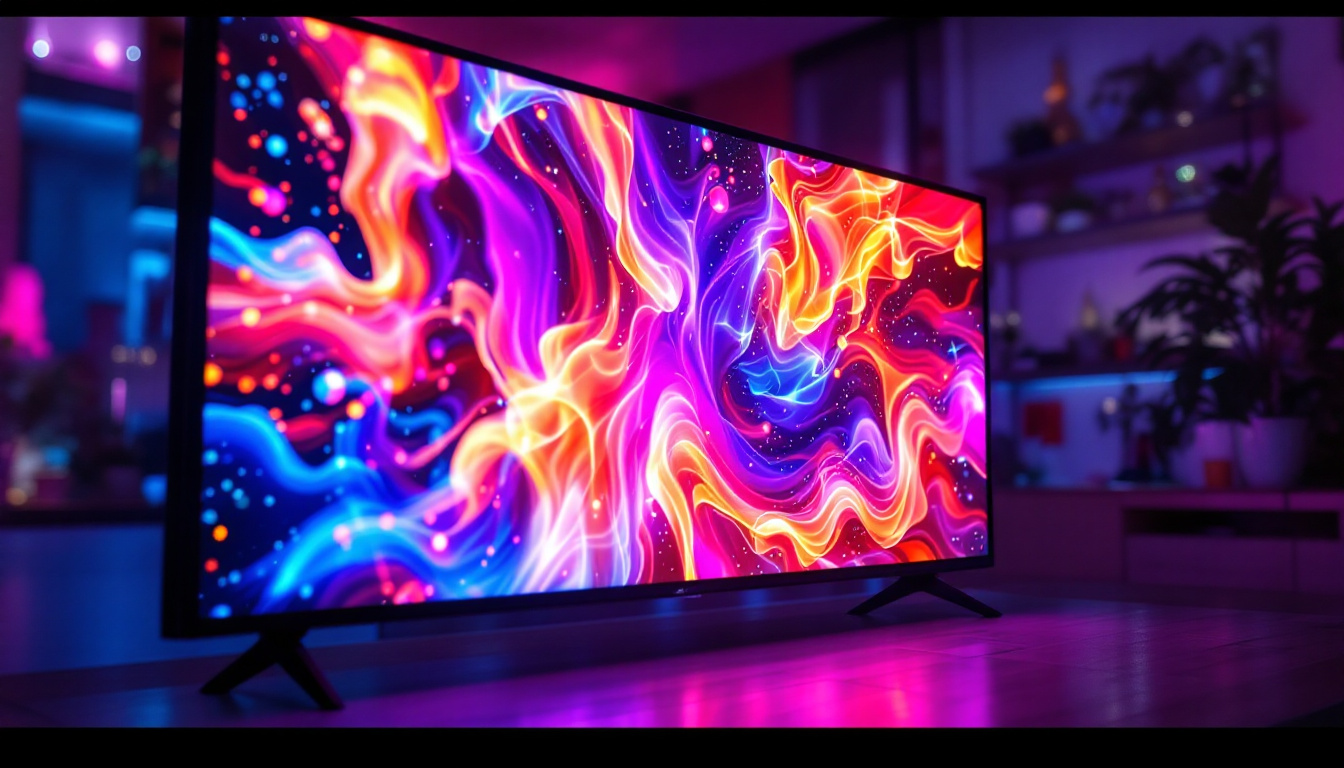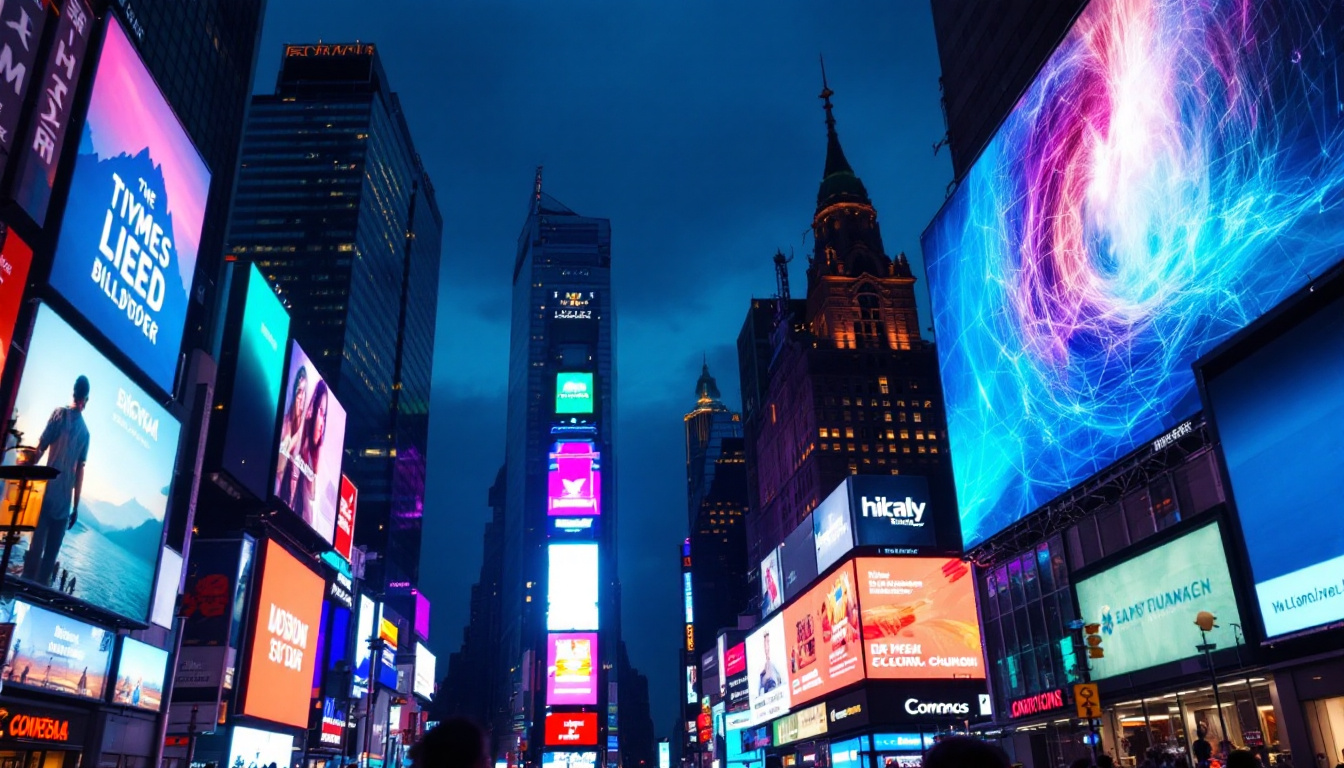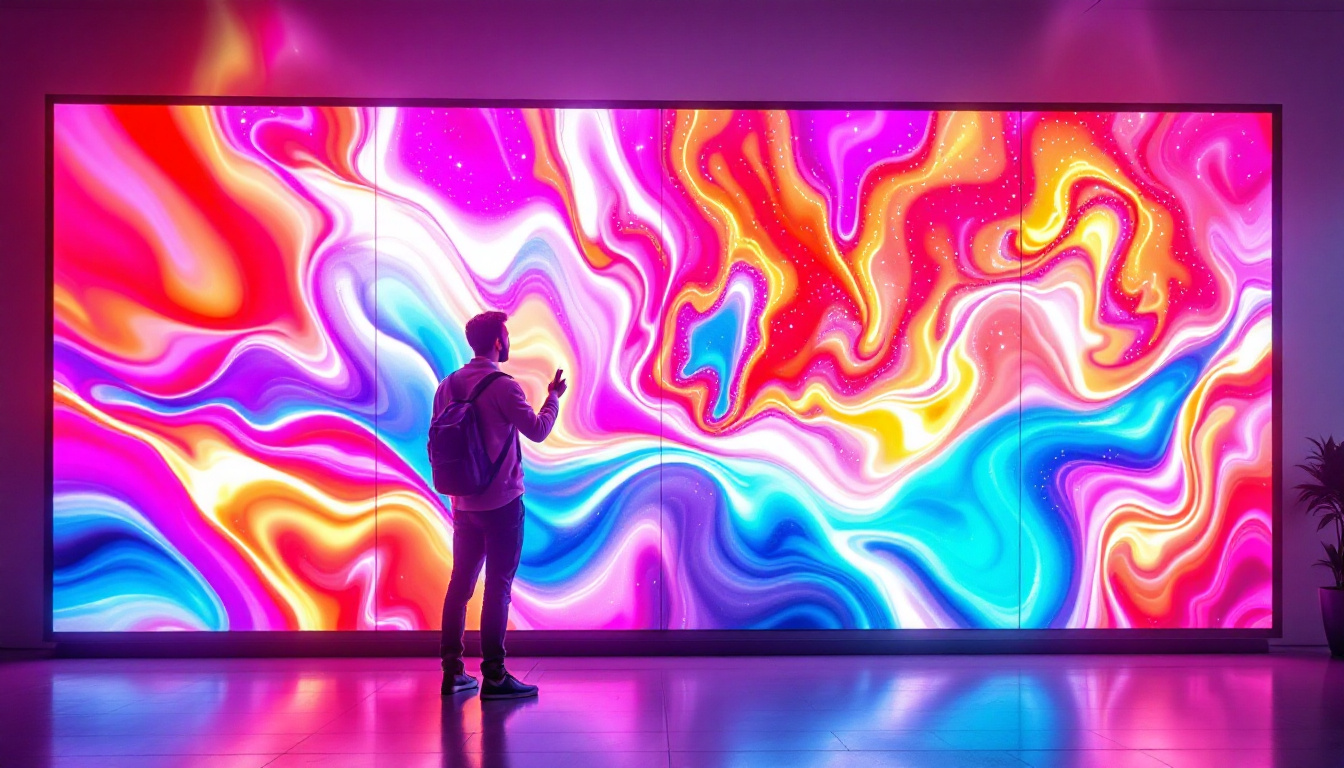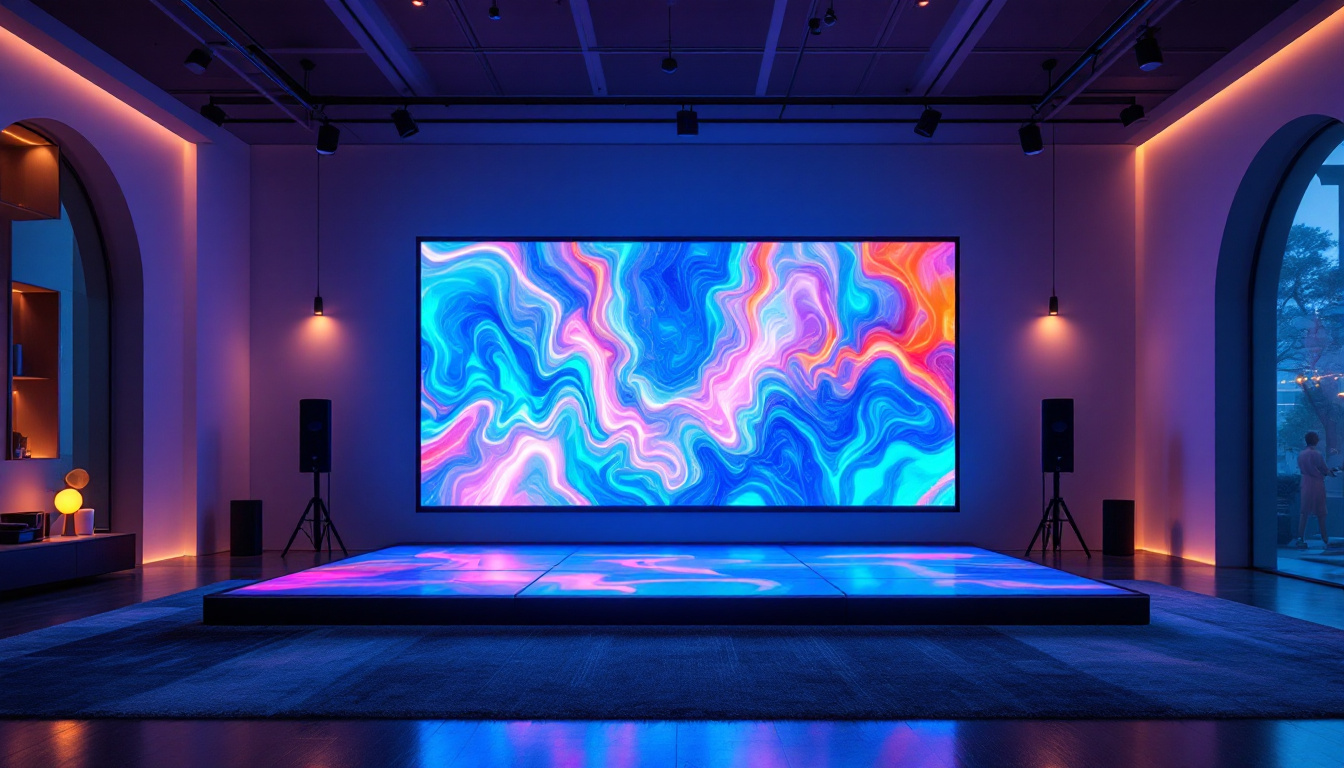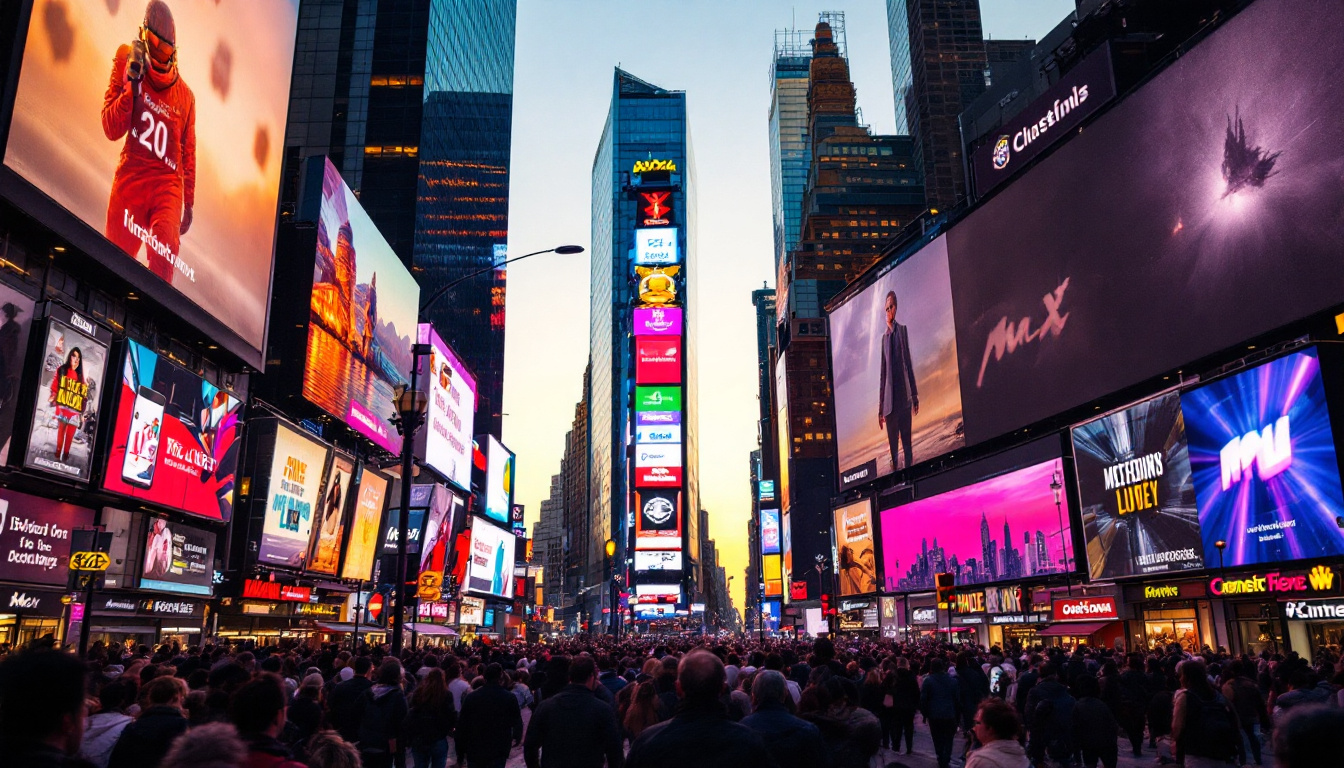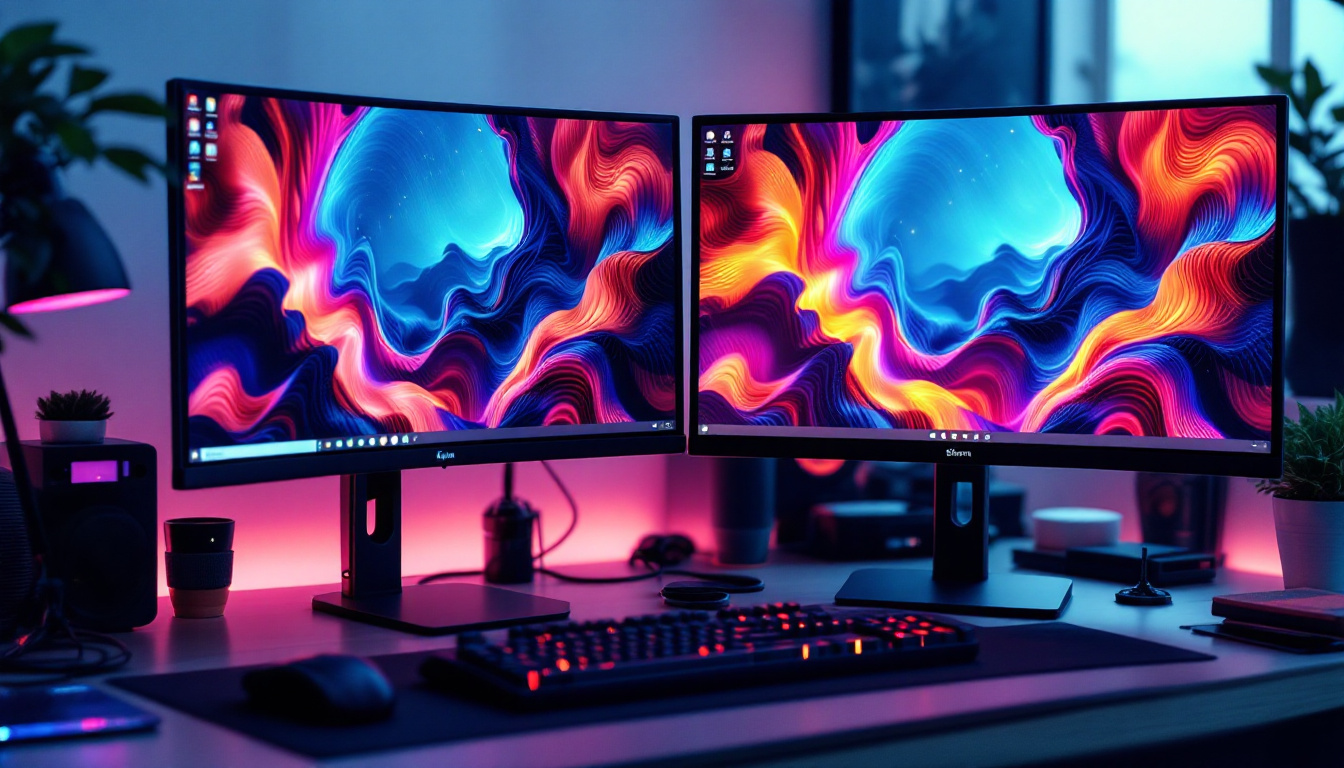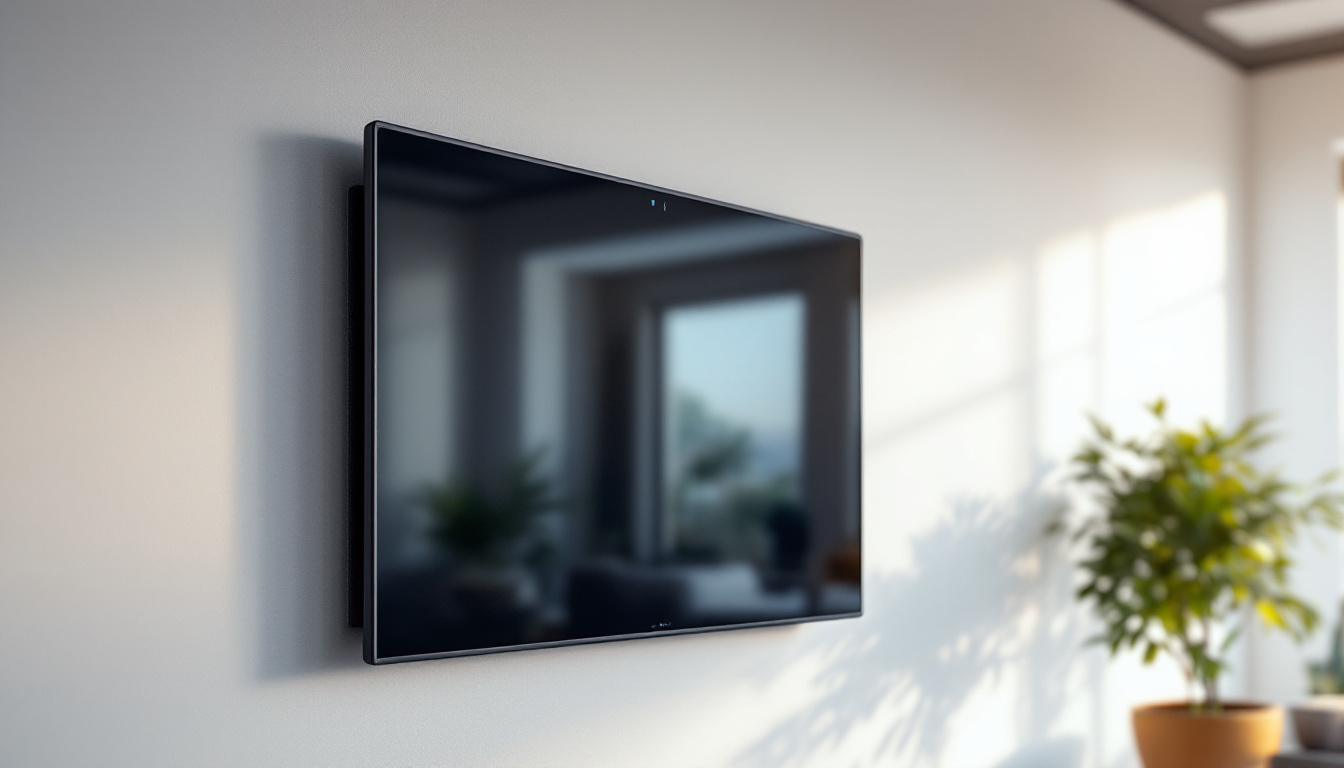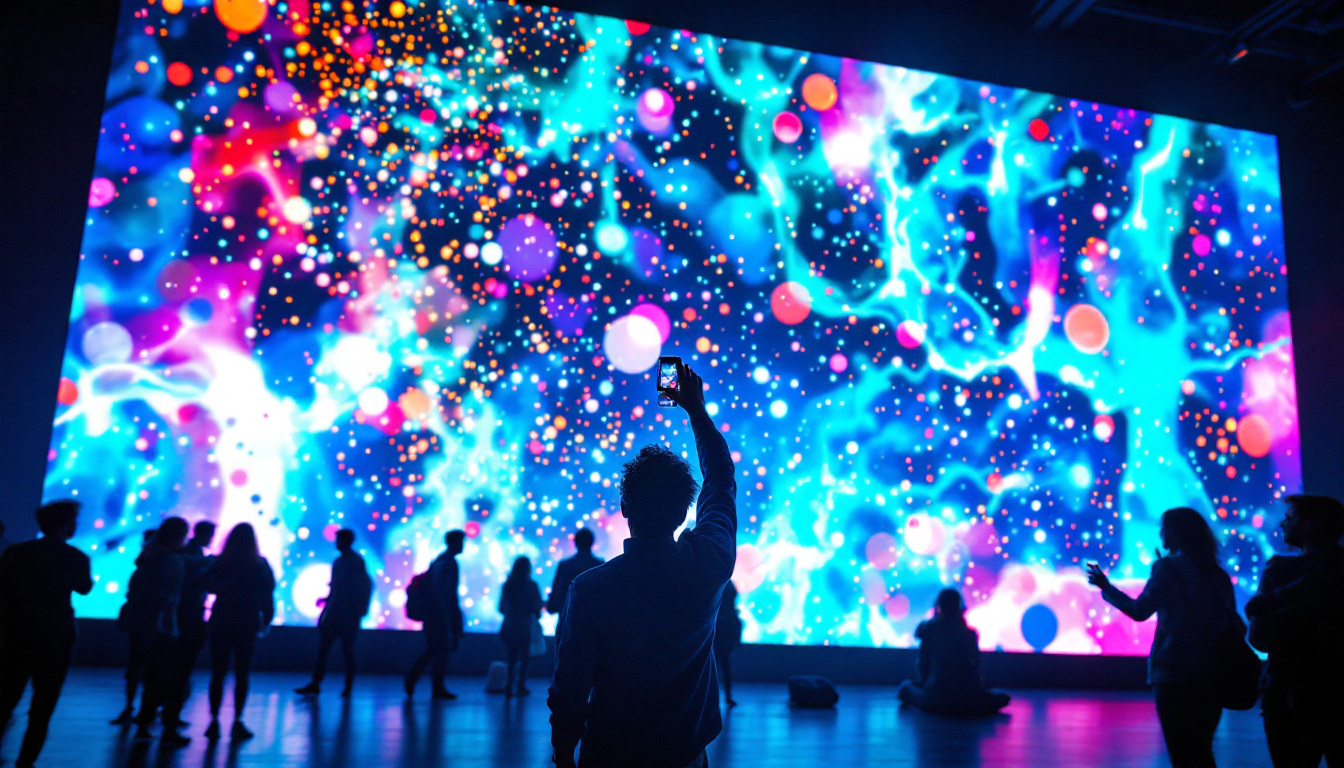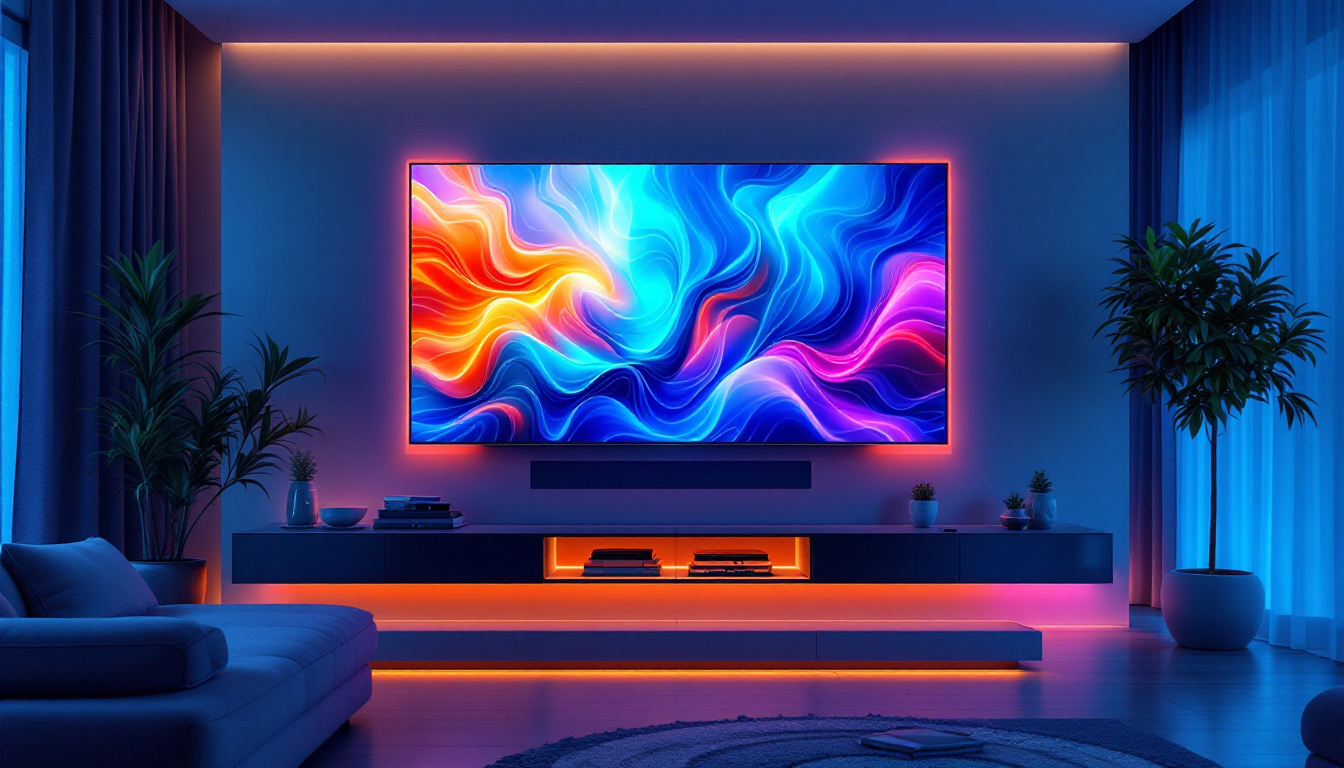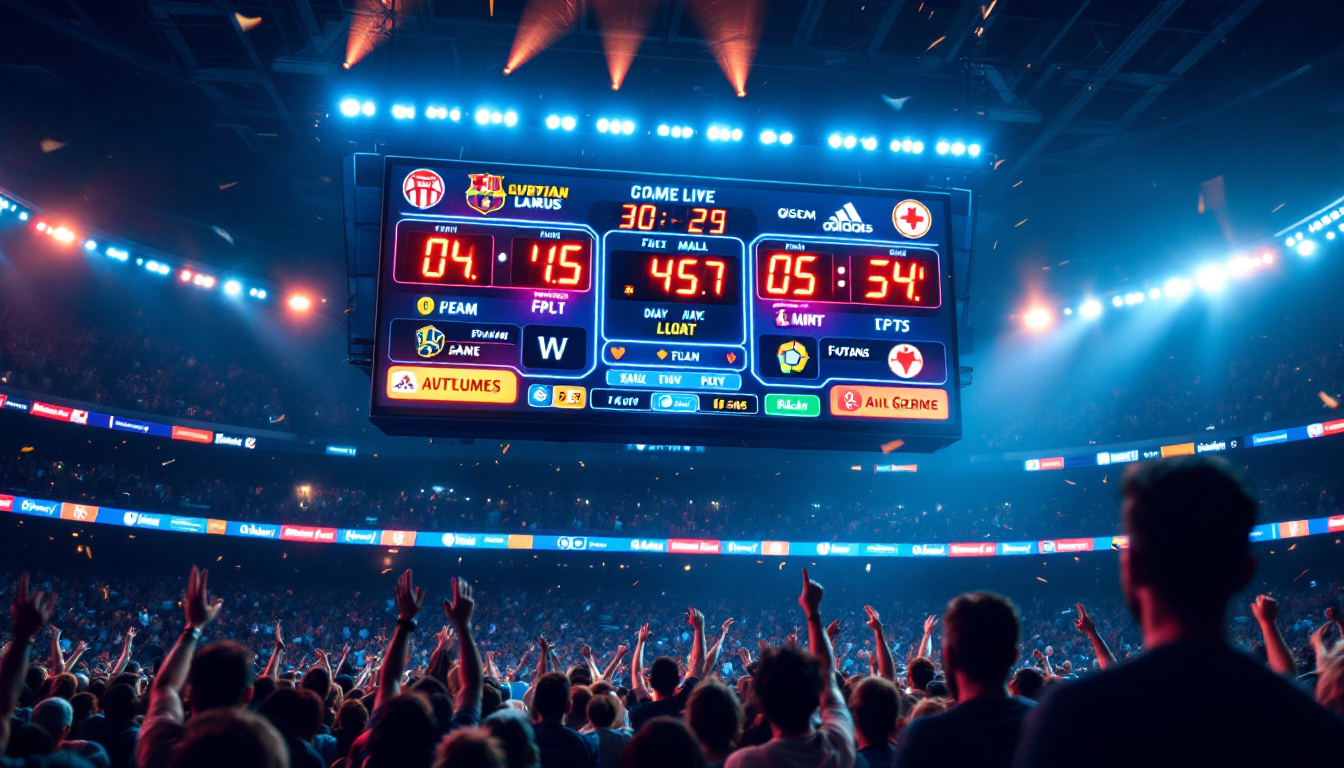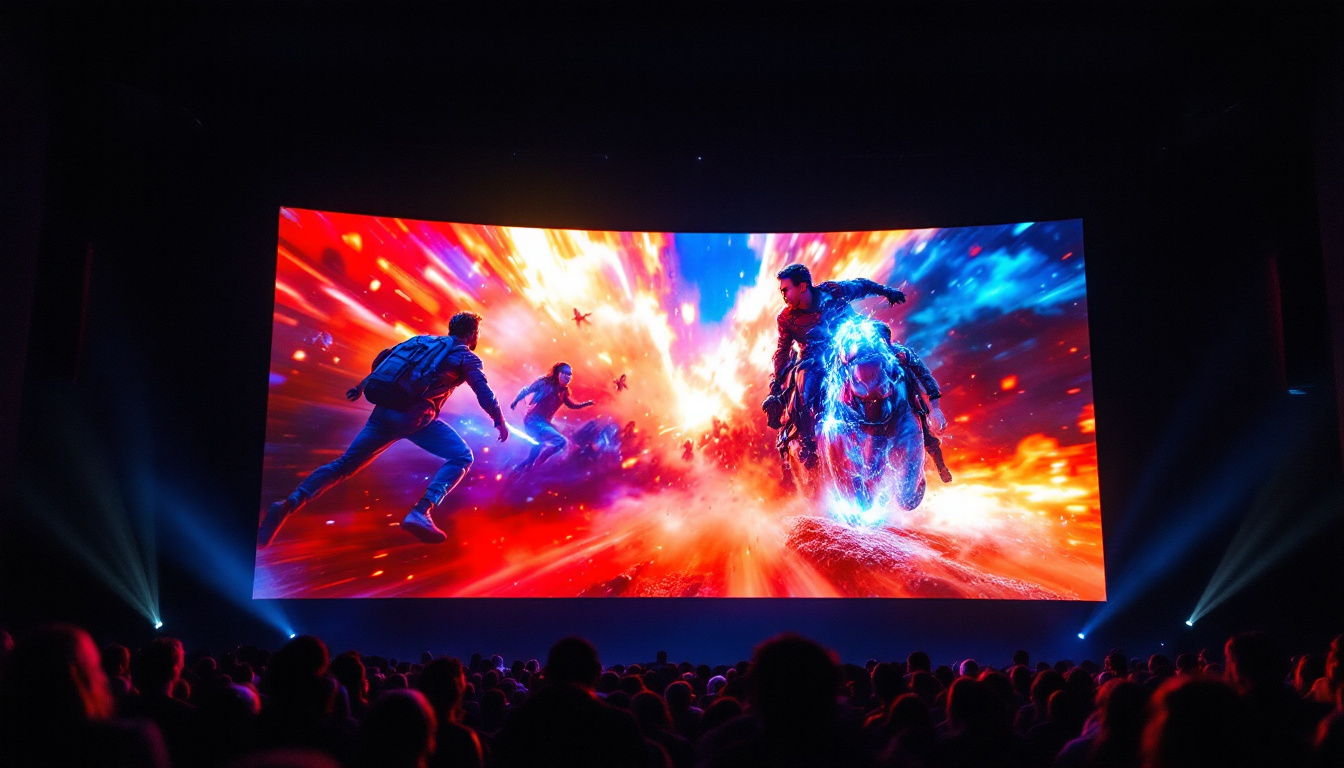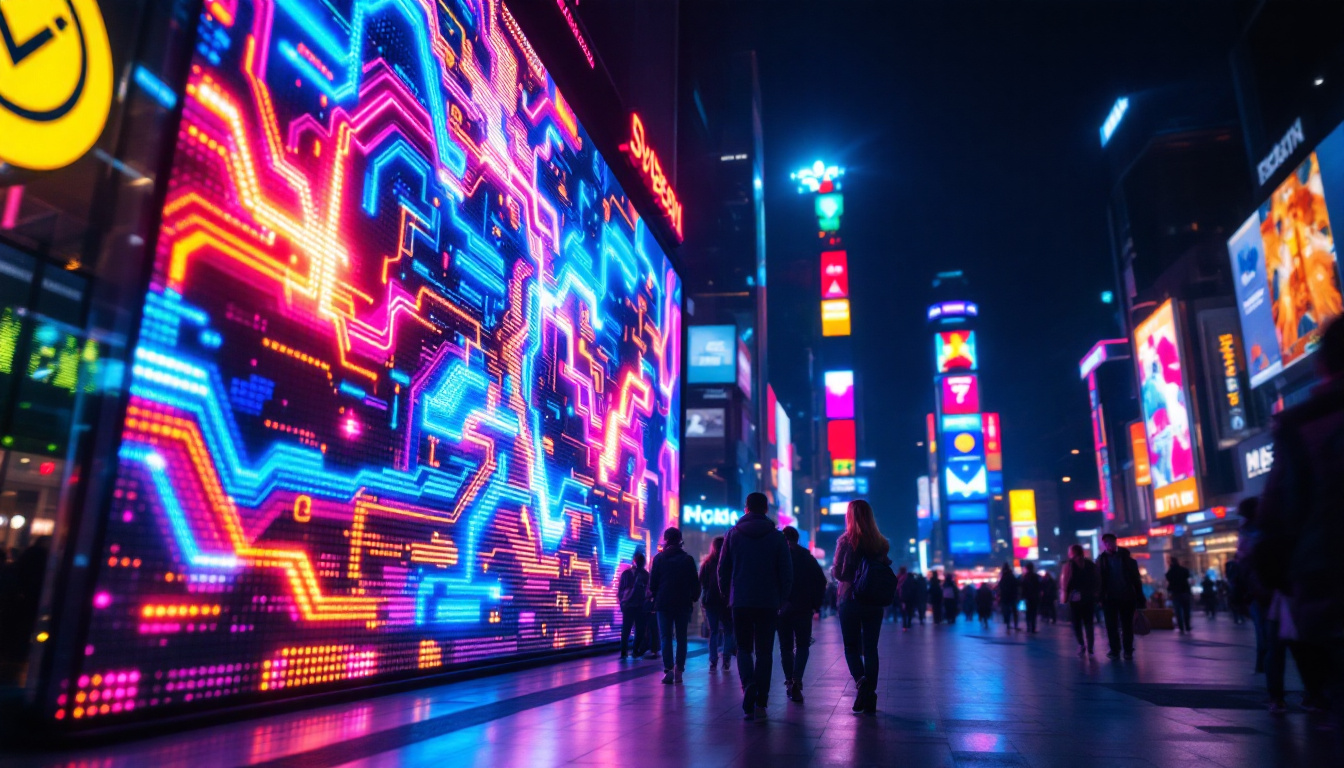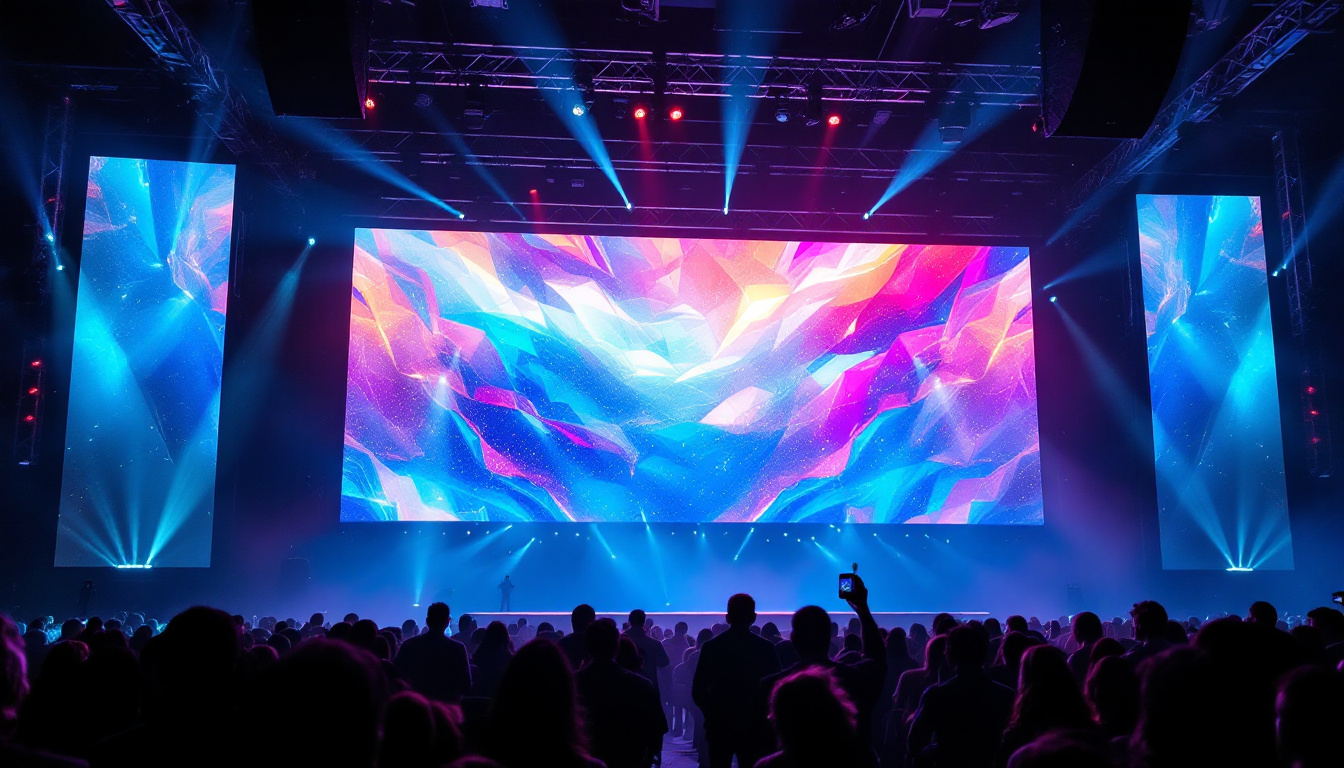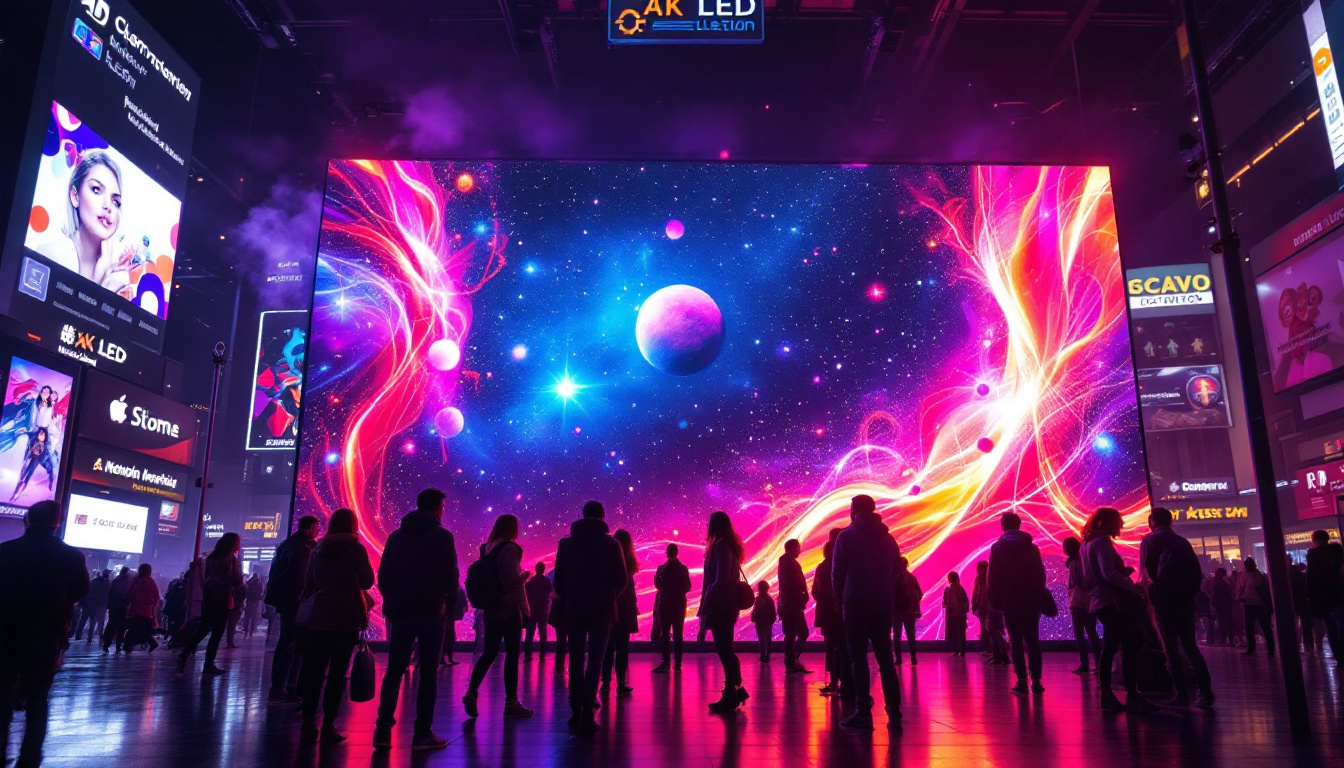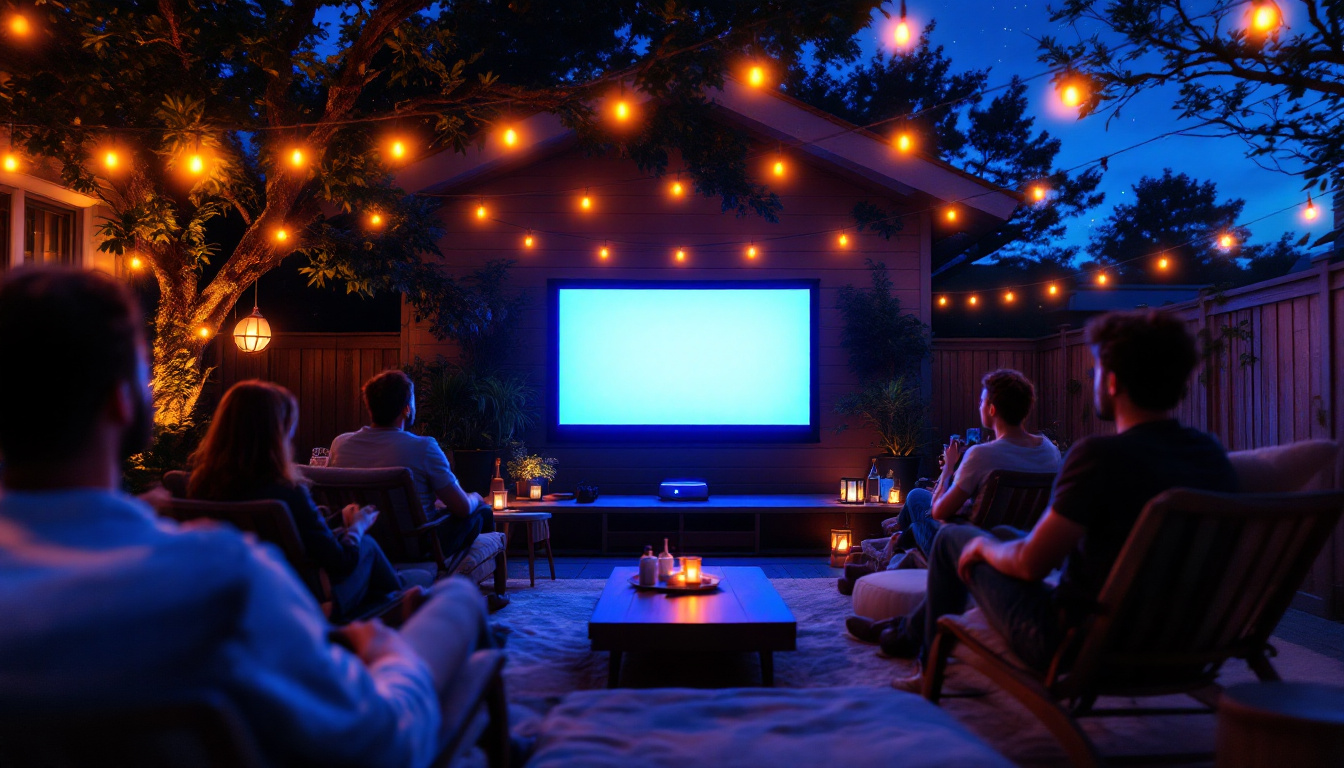In the realm of modern construction and architectural design, the integration of technology has become a vital component in enhancing both functionality and aesthetics. One such innovation that has gained significant traction is the use of LED displays in various applications, particularly in the construction of superior walls. This article delves into the concept of superior walls and the role of LED displays within this framework, elucidating their benefits, applications, and future potential.
Understanding Superior Walls
Superior walls refer to a specific type of precast concrete wall system designed for energy efficiency, durability, and ease of installation. These walls are manufactured off-site, ensuring consistent quality and reducing on-site construction time. The integration of LED displays into superior walls adds an additional layer of functionality, transforming traditional wall systems into dynamic information hubs.
The Composition of Superior Walls
Superior walls are typically composed of insulated concrete forms (ICFs) that provide excellent thermal performance. The walls are engineered to withstand extreme weather conditions, making them suitable for various climates. The insulation properties help maintain indoor temperatures, reducing energy consumption and providing comfort to occupants.
Moreover, the precast nature of these walls allows for quick installation, minimizing labor costs and project timelines. The walls can be customized to meet specific architectural designs, making them versatile for residential, commercial, and industrial applications. In addition to their structural benefits, superior walls can also incorporate soundproofing features, making them ideal for urban environments where noise pollution is a concern. This combination of durability, energy efficiency, and customizable design makes superior walls an increasingly popular choice for modern construction projects.
Benefits of Integrating LED Displays
Integrating LED displays into superior walls offers numerous benefits. First and foremost, these displays can serve as powerful communication tools. They can be used to convey important information, such as safety instructions, advertisements, or event announcements, making them ideal for high-traffic areas.
Additionally, LED displays enhance the aesthetic appeal of buildings. They can be programmed to showcase dynamic visuals, transforming a static wall into an engaging canvas that captures the attention of passersby. This capability is particularly beneficial for businesses looking to attract customers or for public spaces aiming to provide information in a visually appealing manner. Furthermore, the ability to update content remotely allows for real-time communication, ensuring that the information displayed is always current and relevant. This adaptability not only maximizes the utility of the wall space but also fosters a sense of community engagement, as local events or announcements can be highlighted, creating a more connected environment for residents and visitors alike.
Applications of LED Displays in Superior Walls
The applications of LED displays in superior walls are vast and varied. From commercial buildings to educational institutions, the versatility of these displays allows for innovative uses that cater to different needs.
Commercial Spaces
In commercial settings, LED displays have become a staple for advertising and branding. Retailers utilize these displays to showcase promotions, new products, or seasonal sales. The ability to change content quickly and easily allows businesses to remain agile and responsive to market trends.
Furthermore, LED displays can enhance customer experiences. For instance, restaurants may use them to display menus, specials, or even interactive content that engages diners. This not only improves the ambiance but also streamlines communication between the establishment and its patrons.
Moreover, the integration of LED displays in commercial spaces can also serve as a powerful tool for storytelling. Brands can utilize these displays to narrate their history, values, and mission, creating a deeper connection with customers. By incorporating visually striking graphics and videos, businesses can captivate their audience, making the shopping experience more memorable and impactful.
Educational Institutions
Schools and universities are also leveraging LED displays within superior walls to enhance learning environments. Digital signage can be employed to share important announcements, event schedules, or educational content. This not only keeps students informed but also fosters a sense of community within the institution.
Moreover, interactive displays can be utilized in classrooms to facilitate engaging lessons. By integrating technology into the learning process, educators can create more dynamic and interactive educational experiences, catering to various learning styles.
In addition, LED displays can serve as platforms for student creativity and expression. Schools can feature student artwork, projects, or achievements on these displays, celebrating their accomplishments and encouraging a culture of recognition and pride. This not only motivates students but also strengthens the bond between the school and its community, showcasing the talents and diversity of its members.
Public Spaces and Transportation Hubs
Public spaces, such as parks and transportation hubs, benefit significantly from the integration of LED displays. In these areas, displays can provide real-time information, such as transit schedules, weather updates, or emergency notifications. This enhances public safety and ensures that individuals have access to vital information when needed.
Additionally, LED displays can be used for artistic installations, creating visually stunning environments that enrich the public experience. These displays can be programmed to change based on time of day, events, or even community input, making them a dynamic part of the urban landscape.
Furthermore, the potential for community engagement through LED displays in public spaces is immense. Local governments can utilize these platforms to promote community events, public service announcements, or even local artists’ work, fostering a sense of belonging and participation among residents. By transforming these displays into interactive hubs, communities can encourage dialogue and interaction, making public spaces more vibrant and inclusive.
Technical Considerations for LED Displays
While the benefits of LED displays are clear, there are several technical considerations that must be taken into account during the integration process. Understanding these factors is crucial for ensuring optimal performance and longevity of the displays.
Brightness and Visibility
One of the primary considerations when selecting LED displays is brightness. The display must be bright enough to be visible in various lighting conditions, especially in outdoor environments where sunlight can diminish visibility. Choosing displays with adjustable brightness settings can enhance usability across different times of day.
Furthermore, the placement of the display is critical. It should be positioned at an optimal height and angle to ensure maximum visibility for the intended audience. This may involve conducting site assessments to determine the best locations for installation.
Power and Connectivity
Power consumption is another important factor to consider. LED displays require a reliable power source, and integrating them into superior walls necessitates careful planning to ensure that electrical systems are capable of supporting the displays without overloading.
Connectivity options are also essential, especially for displays that require real-time updates. Wireless connectivity can offer flexibility in content management, allowing for easy updates and changes from remote locations. However, wired connections may provide more stability, particularly in environments with high interference.
Maintenance and Durability
Maintenance is a key component of ensuring the longevity of LED displays. Regular inspections and cleaning are necessary to keep the displays functioning optimally. Additionally, the choice of materials used in the construction of superior walls can impact the durability of the displays. Weather-resistant materials are essential for outdoor installations to withstand the elements.
Moreover, selecting high-quality LED technology can reduce the frequency of repairs and replacements, ultimately saving costs in the long run. Investing in reliable displays can ensure that the technology remains functional and effective for years to come.
Future Trends in LED Displays and Superior Walls
The future of LED displays integrated into superior walls is promising, with several trends emerging that are likely to shape their evolution. As technology advances, the capabilities and applications of these displays will continue to expand.
Smart Technology Integration
One of the most significant trends is the integration of smart technology. As the Internet of Things (IoT) continues to grow, LED displays can be connected to various sensors and devices, allowing for real-time data collection and analysis. This can enable displays to adapt their content based on environmental conditions or audience behavior.
For instance, an LED display in a retail setting could change its advertising based on the demographics of the people nearby, ensuring that the content is relevant and engaging. This level of personalization can enhance customer experiences and drive sales.
Eco-Friendly Solutions
As sustainability becomes increasingly important, the demand for eco-friendly LED displays is on the rise. Manufacturers are exploring ways to create displays that consume less energy and utilize recyclable materials. This aligns with the growing trend of sustainable construction practices, where building materials and technologies are chosen based on their environmental impact.
Moreover, integrating solar panels with LED displays can provide a renewable energy source, further reducing the carbon footprint of the installation. This not only benefits the environment but can also lead to significant cost savings in energy consumption.
Enhanced Interactivity
The future of LED displays is also leaning towards enhanced interactivity. Touchscreen capabilities and augmented reality (AR) integration can transform how users engage with the content displayed. This can be particularly beneficial in educational and commercial settings, where interactive displays can foster deeper engagement and learning.
As technology continues to evolve, the potential for creating immersive experiences through LED displays will expand, offering exciting possibilities for businesses, educators, and public spaces alike.
Conclusion
In summary, the integration of LED displays into superior walls represents a significant advancement in construction and design. These displays not only enhance the functionality of walls but also contribute to the aesthetic appeal and communication capabilities of buildings. As technology continues to evolve, the applications and benefits of LED displays are likely to expand, paving the way for innovative solutions in various sectors.
Understanding the technical considerations and future trends surrounding LED displays will be crucial for architects, builders, and business owners looking to leverage this technology effectively. By embracing these advancements, stakeholders can create environments that are not only visually appealing but also highly functional and responsive to the needs of their occupants.
Discover LumenMatrix LED Display Solutions
Ready to elevate your space with the latest in LED display technology? LumenMatrix is at the forefront of creating immersive environments through superior LED display modules. Whether you’re looking to enhance brand visibility, captivate audiences with outdoor displays, or innovate with customizable LED solutions, LumenMatrix has you covered. Embrace the future of visual communication and check out LumenMatrix LED Display Solutions today to transform your space into a dynamic and engaging experience.

